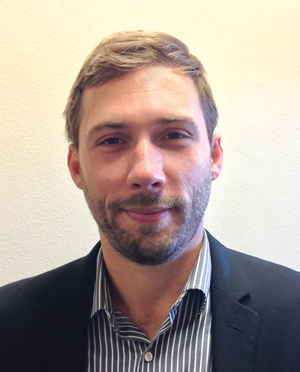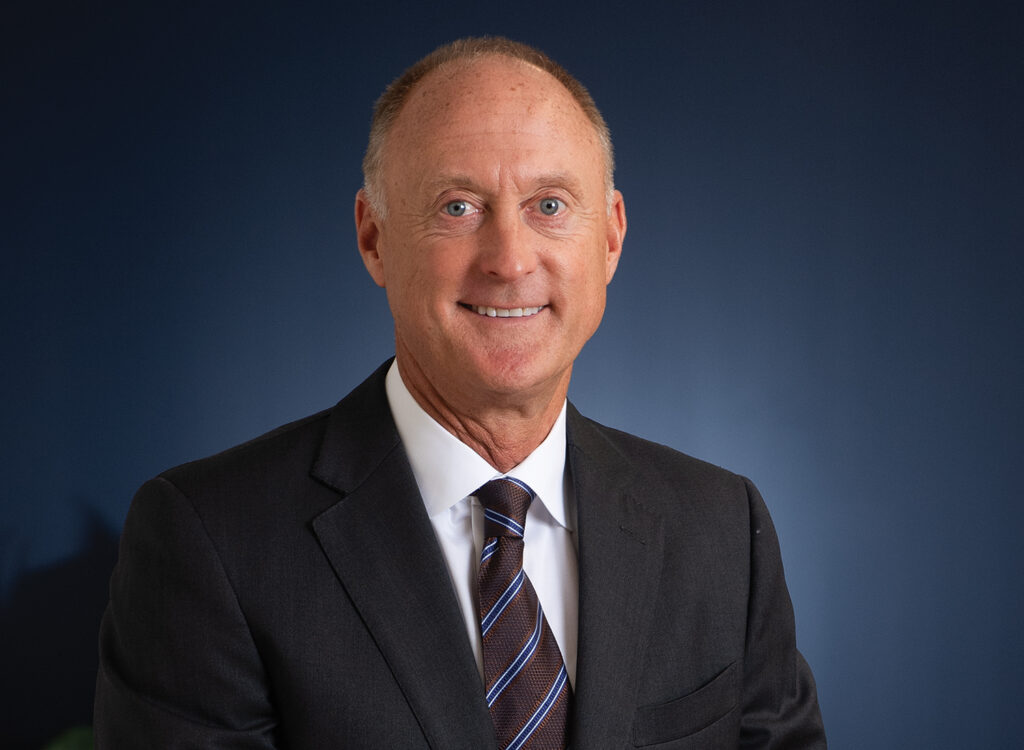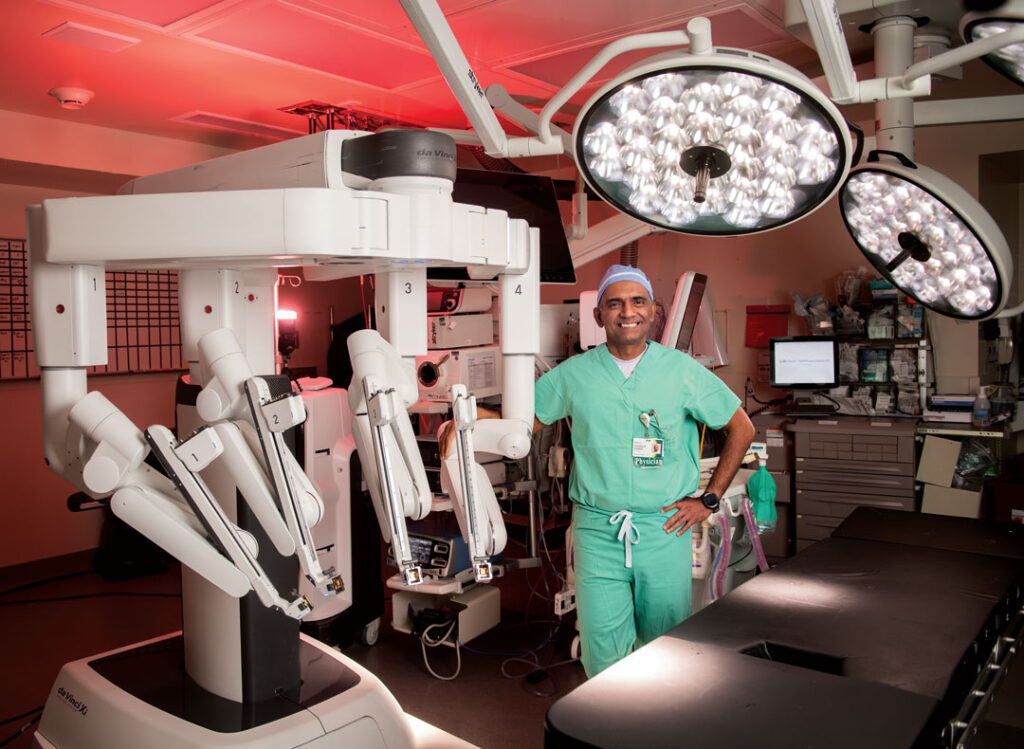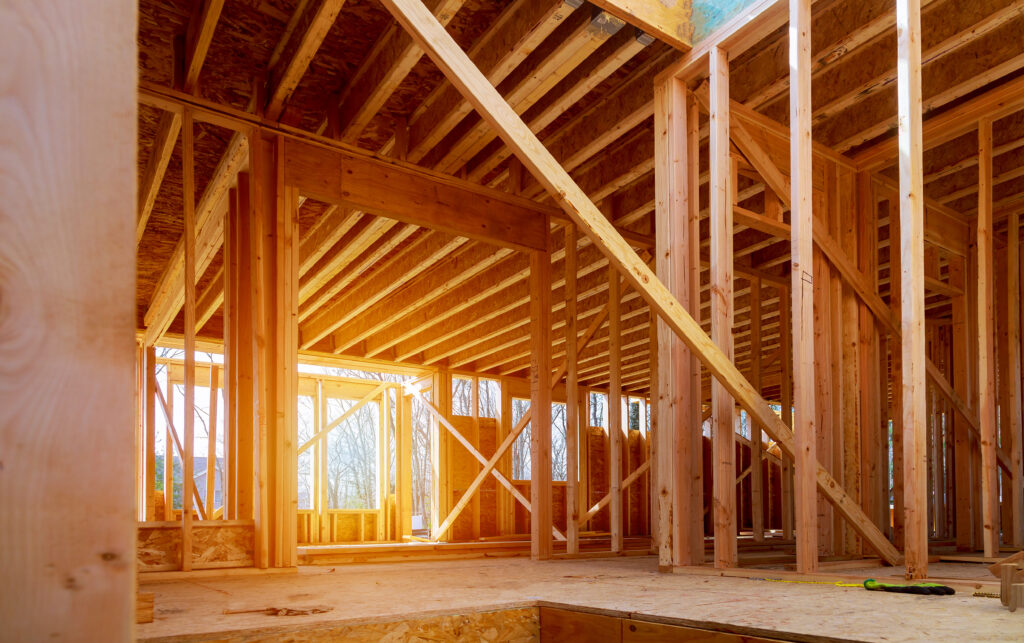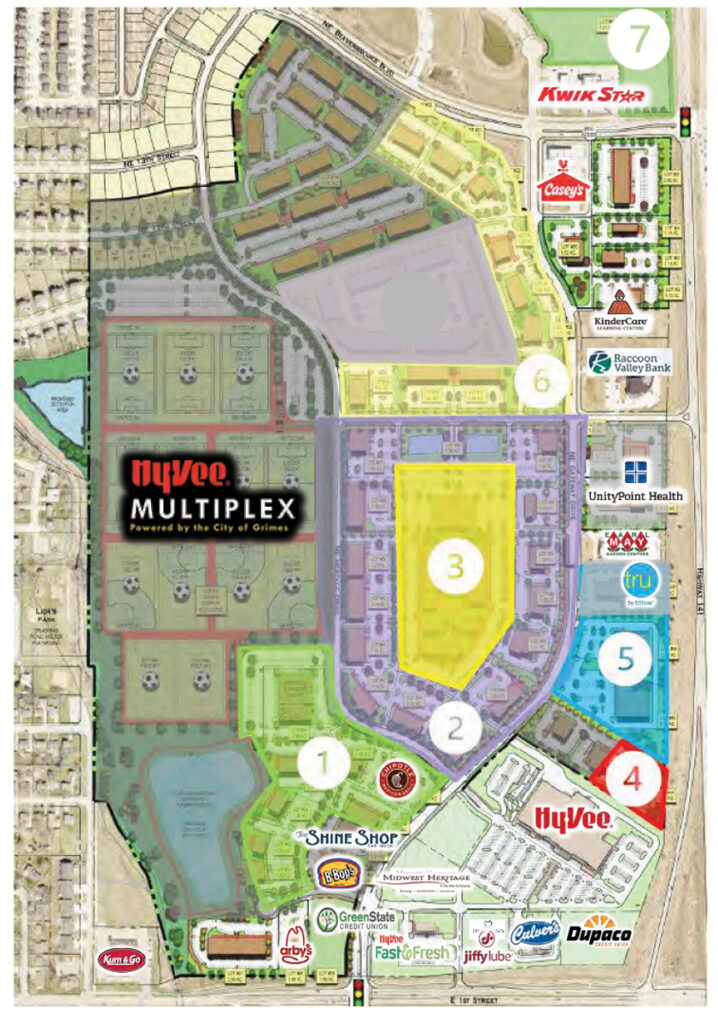A Closer Look: Adam Plagge
Economic development manager, city of Johnston

KENT DARR Nov 11, 2016 | 12:00 pm
6 min read time
1,486 wordsBusiness Record Insider, Real Estate and DevelopmentAdam Plagge has been on the job as the city of Johnston’s economic development manager for a little more than two months. He has seen economic development from the ground up, working on the development of public infrastructure in Deta, Romania, while with the Peace Corps and co-founding a business incubator while executive director of the Fairfield Economic Development Association. The Johnston job is a newly created position for promoting commercial and residential developments in a city that has taken several steps in recent years to prepare for the future.
Why did you join the Peace Corps?
The great Iowa story is that you want to get out and see the world. But at the end of the day, I wanted to come back to Iowa because it’s a great place to live. Once you’ve seen a chunk of the world, you have a greater appreciation for where you came from.
What did you take away from your experiences in Romania?
It was a very different experience working in the mayor’s office in a small town in Romania than what I have experienced in the United States. They always say that you take away more than you are able to offer, and as a recent college graduate that was probably true. The political issues in Romania were often far more sticky than what we deal with here. I certainly appreciate the transparency of U.S. democracy.
What issues did you confront in Fairfield?
The real driving issue in Fairfield and a lot of rural Iowa is the lack of quality housing. The housing stock is older, and some of it hasn’t been maintained very well over the years. Fairfield has been fortunate to experience industrial growth. The biggest challenge is how do you recruit the talent and workforce that you need for that. We worked on a tax increment finance program for the city to get private development interested in developing subdivisions. The first 70-unit subdivision broke ground this spring. The Fairfield Economic Development Association laid out another 10 units, and a second subdivision could break ground in spring 2017.
Fairfield doesn’t have the developers that Des Moines has from a larger expertise, internal financing capacity. On a smaller scale it worked 30 to 40 years ago when you built subdivisions a couple of units at a time, each with its own plans, but now the model has changed tremendously to where you want to put up 20 units incrementally but almost instantaneously. There are very few contractors in rural Iowa who are staffed up to do that; it’s a real problem based on the current model. We have builders, but we don’t necessarily have developers who are experienced in that whole process. Housing projects in a smaller community don’t happen year in and year out; it’s kind of every five or eight years that you get a big project, and that’s not enough to sustain the smaller builders.
Fairfield often is held up as a model of a thriving small town. Why is that?
There are two big driving forces in the communities that have that staying power. One, they have small liberal arts colleges. If you have those smaller educational institutions, you are able to recruit a more diverse age group into the community and you are able to retain some of those graduates, and I think that’s a powerful source. Those communities that lack the 20- to 25-year-olds who are going through the college program, it’s tougher for them.
Fairfield has a second element, and the second element is the Maharishi movement that is there and that goes back to the 1970s after Parsons College closed. Maharishi Mahesh Yogi (founder of the Transcendental Meditation movement and the Maharishi University of Management, which opened on the former Parsons campus) brought in highly educated people from the East Coast, the West Coast, internationally, and those people came to Fairfield without a job. That’s what drove the entrepreneurial spirit in the community. The ability to continue to create new businesses in Fairfield is what its core strength is.
Also in Fairfield you have folks like Lori Schaefer-Wheaton (current chair of the Iowa Association of Business and Industry and president of Agri-Industrial Plastics), Dexter Apache, which makes washers and dryers, and a lot of other local traditional businesses that are strong and very active in the community. If you look at the percentage of locally owned businesses in Fairfield as compared to (other towns), it’s far higher, so you have that vested corporate interest in the community. I think you find that the public amenities, whether it’s the new civic center in Fairfield or the park and rec building that just went up, that called on a lot of these local corporate donors for contributions, that is what has made the community a strong and good place to live for a lot of folks. So it’s broken down to two things — having that small liberal arts college and having that entrepreneurial spirit.
What has been the big change for you in Johnston?
Fairfield was a community within itself. Johnston is part of the greater metro area, so I would say that understanding that regionalism is going to be a change for me and an adjustment. The workforce you called on in Fairfield was basically Jefferson County. Here it is Polk County and beyond. You have a much greater talent pool on the workforce side and you have professional developers both on the housing and the commercial side, so working with those developers is much more the central focus of this job and having a good working relationship with them; having a community that is shovel-ready and business-friendly so that when projects come along, Johnston is in consideration by the site selectors and developers who have property.
What is your perception of Johnston in relation to other communities in Greater Des Moines?
Johnston is tucked in its unique space. It’s central to a good workforce. If your business is located in Johnston, you can pull from Ankeny, West Des Moines, Des Moines proper. I think from that aspect, we’re in a good situation. We’re a uniquely laid-out community with the lake, the National Guard on the north, with John Deere, DuPont Pioneer right in the middle of town. There’s some space constraints Johnston faces on how do you handle the redevelopment portion, whereas a lot of these other communities, like Grimes and Ankeny, have endless green space. We’re in a great position where we have great schools, we have great major employers, great housing stock, high to medium income with good location. Those are all great things, but we also have to deal with the fact that we are space-constrained. With Merle Hay Road, there’s probably a little bit of a perception issue from a commercial standpoint. The City Council focused hard on the Merle Hay Road corridor with the Gateway Plan that was done in in 2014. It’s a long slog for development; it’s not as simple as greenfield development. You have property acquisition like you had with Hubbell Realty Co.’s (Cadence multifamily housing) project and with our project. There has been cooperation with property owners on the south, which led to that hotel demolition, and we have approval for creating a sightline into the Gateway Area coming off the interstate. A lot of the pieces of the puzzle are slowly falling into place, and I think that’s why they wanted to start focusing on economic development and creating this position.
With the groundwork in place, what will be your contribution?
Now it’s time to start seeing some of that redevelopment take place. A core focus that I’m going to have for a few years is how do we redevelop Merle Hay Road and what’s that going to look like down the road? The City Council has laid out the Gateway vision, and now we’re getting ready to do the master planning process for this (City Hall) area as well. This is an old Hy-Vee Inc. building and the city owns a couple of other properties here, but what is the vision for this 16 acres? It is potentially kind of a pedestrian-friendly downtown area, which is something that Johnston has traditionally not had. It has some higher quality strip malls and some decent shopping options, but there hasn’t been a good place to get off the trail and walk around and go to the coffee shop and go shopping. We’ll see what comes of the master plan that should be completed in the next nine to 12 months.
Are there other big challenges?
The retail question is a big one. Between the top two or three employers, there are 20,000 hotel rooms booked a year, and we have two hotels. That’s just one example, it isn’t even true retail. Microbreweries are popular, there is not microbrewery here. You can’t buy a pair of pants in Johnston.

